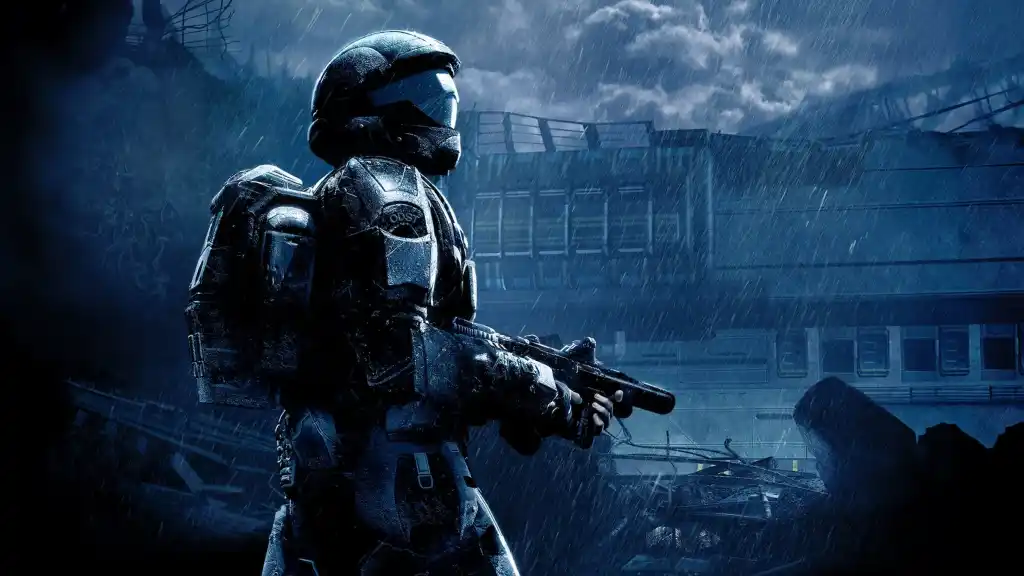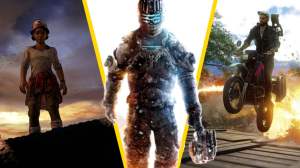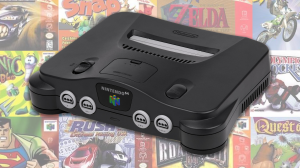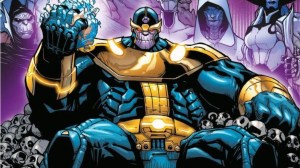Video games are very different beasts from movies, especially when it comes to sequels. Often, film sequels fail to live up to the original, but that’s not true in gaming. It’s not always true, but most video game sequels build on the original in some important way, and are generally regarded as “better” than the first game. That said, some sequels don’t get that same love. Despite improving on the original, players refuse to admit that the sequel is better than the first game. Whether it’s nostalgia, misguided opinions, or cowardice, those sequels don’t get the flowers they deserve.
Videos by ComicBook.com
Here are three sequels that are better than the original, but most pretend like they aren’t.
3) Halo 3: ODST

ODST was originally going to be a DLC story expansion for Halo 3, but when Bungie regained its independence from Microsoft, the team was ready to move on. Unfortunately, Bungie still had a two-game Halo deal with Microsoft, so the decision was made to turn ODST into its own spin-off, while Bungie worked on Halo: Reach.
Despite the relatively short length and the lack of Master Chief, ODST is a banger. You’re put into the shoes of an ODST soldier, which means you don’t have access to some of Master Chief’s advanced movement options. You aren’t a supersoldier, which means ODST puts players in the muck much more, forcing you to get down and dirty with the rest of the Helljumpers.
The campaign was solid, but it’s the cooperative, wave-based multiplayer mode that took center stage. Firefight was a standout mode that became so popular that it’s been included in most subsequent Halo games. And if you wanted classic multiplayer, ODST came with the full Halo 3 multiplayer mode on a second disk. Sure, the campaign was short, but reviewers knocking ODST for “value” were misguided, given how much was packed into the package.
2) Tony Hawk’s Underground

Over its first few entries, it seemed like Tony Hawk’s Pro Skater got better and better. The team at Neversoft kept adding new gameplay features, giving players tools to put together some of the most ridiculous lines we’d ever seen.
THSP2 introduced manuals to let players continue combos from one element to the next. THSP3 gave players the revert, letting players chain vert combos into a manual for even more versatility. At that point, it seemed like Neversoft had pushed the gameplay as far as they could on the board, so Underground made the decision to let players hop off their skateboards and walk around the world to chain even larger combos.
That was a huge change that opened things up in a major way, but the real reason THUG is one of the best games in the series is that it finally gave players a full story mode with an overarching narrative. Unfortunately, future games would fail to match THUG‘s quality when trying to do the same, but the introduction of Eric Sparrow as one of gaming’s biggest villains was a masterstroke that the THPS series has never topped.
1) Half-Life: Alyx

Half-Life 2‘s physics engine was one of the most impressive features players had seen in 2004. It felt like a complete game-changer in the FPS genre, pushing gameplay forward in a way that only Valve can. HL2 is also widely regarded as one of the best games of all time, and players have been begging for a sequel for decades.
The good news is that they got a worthy successor that does what HL2 did with physics in a brand-new way. The bad news is that Half-Life: Alyx is a VR-only title, meaning a huge swathe of the playerbase will never play it.
That said, it is the reason to buy a VR headset. Alyx isn’t Half-Life 3 (though that might be coming soon), but it is one of Valve’s best games. It proved that VR could work on a massive scale, easily sweeping most end-of-the-year VR awards. Alyx set the bar for interactivity and level design in VR, which has yet to be matched. The VR requirement remains frustrating, but it’s fair to say that Alyx would not be as game-changing without it.
What do you think? Leave a comment below and join the conversation now in the ComicBook Forum!









